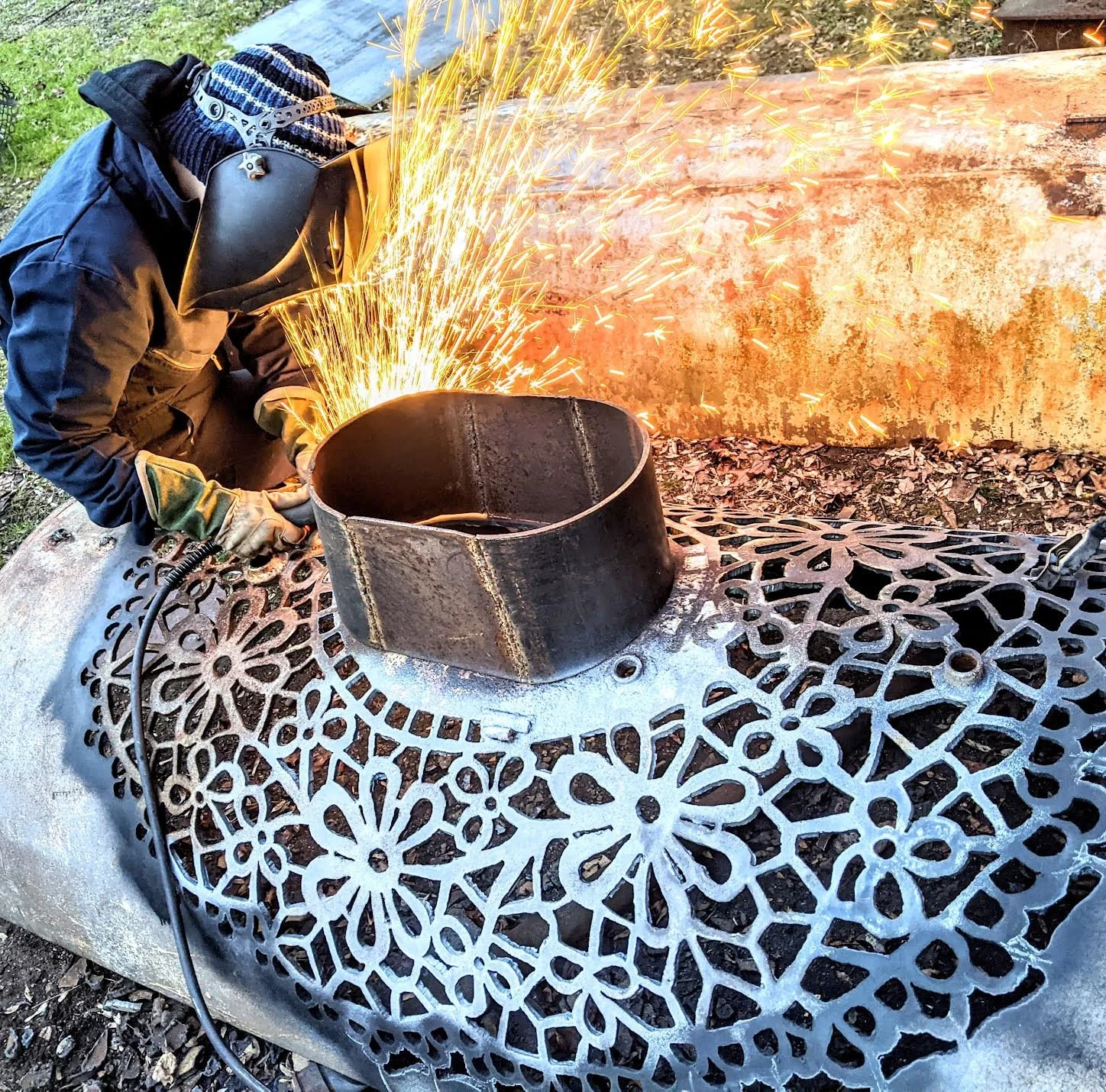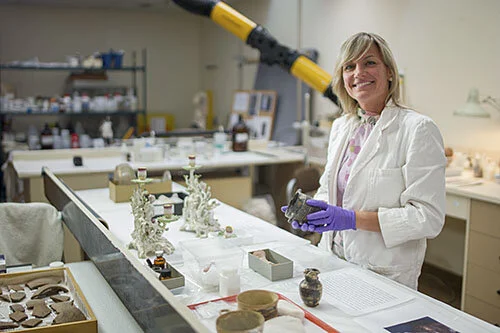Bill Kime
An interview with the Senior Specialist in Ceramics, Glass and Silver in the Decorative Arts & Design Department of Waddington’s Auctioneers & Appraisers
What is your job title and description?
I am the senior specialist in the Decorative Arts department. I mainly focus on silver, ceramics and glass, but I’m still pinch-hitting in other areas as required.
What does a typical day look like for you?
I ride my bicycle to work. Once I get to the office and have a cup of coffee, I try to respond to as many emails as I can regarding appraisals, inquiries about upcoming auctions or prospective consignors.
Regarding clients who want to sell things, I give them an idea of what the market is for their items and what the value might be. When items come into Waddington’s, we research, catalogue and clean them before preparing detailed condition reports and online content. Our Decorative Arts auctions are held online, which allows us to reach a very broad audience. Our buyers are international, including from Europe, the Americas, Australia and Asia.
I work for those buyers too. They may ask for condition reports, extra photographs or advice and I provide all that. I’m careful not to over-embellish or become hyperbolic — I have to be very objective in acting as their eyes and ears. There’s a high level of trust there.
Then, as an auction is ending, unlike the old days, my responsibility as the auctioneer is limited to dealing with any last-minute questions, and I watch the bidding closing online like everyone else.
What career path did you take to get here?
I’m from Lincolnshire, but my mother is Canadian. I escaped school at 16 as fast as I possibly could, and after trying my hand at farming, I worked as a shooting instructor in London. In 1974, I was recruited as a shooting and fishing instructor by Skinner’s in Toronto. I did that for a year, but when they closed down, I found myself looking for work. I saw a posting for a porter with an auction house and I turned up for the interview in a three-piece suit, which may have startled the interviewer. So in early 1975, I started at Waddington’s pushing furniture around until my back quickly gave out. They put me in what they called “the china room,” and I worked there, taking on more and more responsibility.
Soon in need of a little more education, I went to London to take some courses at Sotheby’s and the Victoria & Albert Museum, which were hugely helpful. There, I studied 19th-century decorative arts — a period that saw the revival of all kinds of historical styles in short order. I came back much more confident, and I’ve been here ever since.
What is the most exciting part of your work?
Finding interesting things and what’s engaging about them. That’s really the key, it’s all great fun, but it’s a bit pointless unless you can pass some knowledge along. That’s the most rewarding. People will bring me something out of the ordinary, I will identify it, and then I’ll tell them all about it and what I find interesting about it. They’ll occasionally become interested themselves and want to keep it, or they’ll acknowledge that I seem to know what I’m talking about and ask me to handle it. Sometimes, I can tell that people are having second thoughts about selling an item, and I advise them that if it speaks to them, they should keep it. Perhaps in a decade or two, they’ll contact me again when they’re ready to sell it.
Selling rare and expensive things is exciting too. Every now and then, something really exciting comes along. Many interesting objects and collections have come through my hands over the years. Some, including prominent collections of silver, 18th-century porcelain and studio ceramics, have received worldwide attention in their spheres.
What is your biggest challenge?
Focus. My mind isn’t very well organized — nor is my desk!
Tell us a brief story about an object you have worked with.
We’ve had some extraordinary collections over the years, each representing a larger story. With collections, buyers are not only interested in the individual objects themselves, but also in their provenance — who had owned them before and why those collectors had felt it important to own them.
We recently sold (Canadian arts critic and collector) Paul Duval’s extensive ceramics collection in three instalments. He was a highly regarded and prolific arts scholar but he personally collected mostly Canadian pottery. He said he felt drawn to pottery because it had a direct connection to the earth and was the most primal form of art. We were able to tell prospective buyers about him and his story — adding a level of personality to what was being offered.
These are important contexts, so when we’re able to pass that on it’s very nice. I’m working on a collection right now of several hundred paperweights, and it is so easy to see how much love went into putting them together. It’s a measure of appreciation.
Anything to add?
For collectors, it’s important to buy things that resonate for them. That’s where the value lies.
Bill Kime is a Senior Specialist in the Decorative Arts department at Waddington’s and is one of the company’s senior auctioneers. With over 45 years’ experience, a wealth of accumulated knowledge in his field and veteran of three seasons on the CBC’s Canadian Antiques Roadshow, Bill enjoys a respected reputation as one of North America’s foremost experts in 19th and 20th century decorative arts.
This article was published in the Spring/Summer 2022 issue of Studio Magazine.







